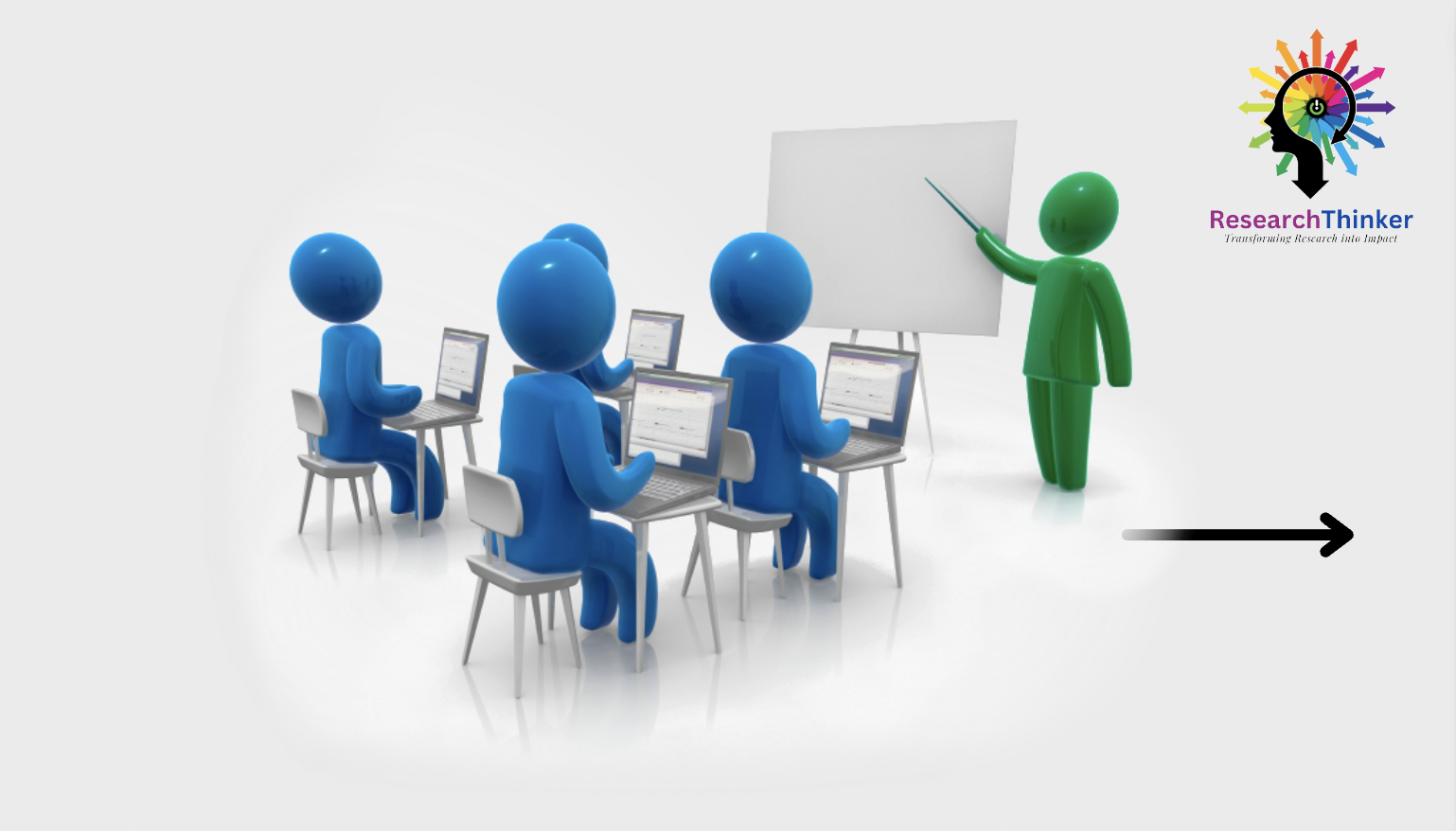Cloud computing, fog computing, and edge computing are different paradigms for processing and managing data in the context of the Internet of Things (IoT). Here’s a brief explanation of each:
Comparison of cloud computing, fog computing, and edge computing
| Aspect | Cloud Computing | Fog Computing | Edge Computing |
| Data Processing | Centralized processing on remote servers over the internet. | Partially decentralized processing, bringing some cloud services closer to the edge of the network. | Fully decentralized processing, occurring on local devices or servers without reliance on cloud infrastructure. |
| Data Location | Data is stored and processed in remote data centers. | Data processing occurs at the network edge, closer to the data source. | Data processing occurs directly on devices or local servers. |
| Latency | Higher latency due to data transmission over the internet to remote servers. | Lower latency compared to cloud computing, as some processing happens closer to the devices. | Minimal latency, as data processing occurs at or near the source, enabling real-time responses. |
| Bandwidth | Relatively higher bandwidth consumption as data is sent to and from remote data centers. | Reduced bandwidth usage compared to cloud computing, as some data is processed at the edge. | Lower bandwidth usage, as only essential data may be sent to the cloud, while most processing occurs locally. |
| Use Cases | Broad range of applications, especially those requiring scalable and flexible services. | Applications that require real-time processing, reduced latency, and efficient bandwidth usage. | Real-time applications with stringent latency requirements, high data volumes, and low tolerance for network disruptions. |
| Data Privacy | Potential concerns regarding data privacy and security, as data is sent to remote servers. | Improved data privacy, as critical data is processed locally, reducing data exposure. | Enhanced data privacy, as sensitive data remains within the local environment, minimizing the risk of data breaches. |
| Scalability | Highly scalable due to the cloud’s vast infrastructure. | Scalable to some extent, depending on the number of fog nodes deployed. | Scalability depends on the capabilities and resources of individual devices or local servers. |
| Complexity | Requires substantial infrastructure and maintenance for remote data centers. | Moderately complex due to the deployment of fog nodes at the network edge. | May be less complex as data processing is localized to individual devices or servers. |





